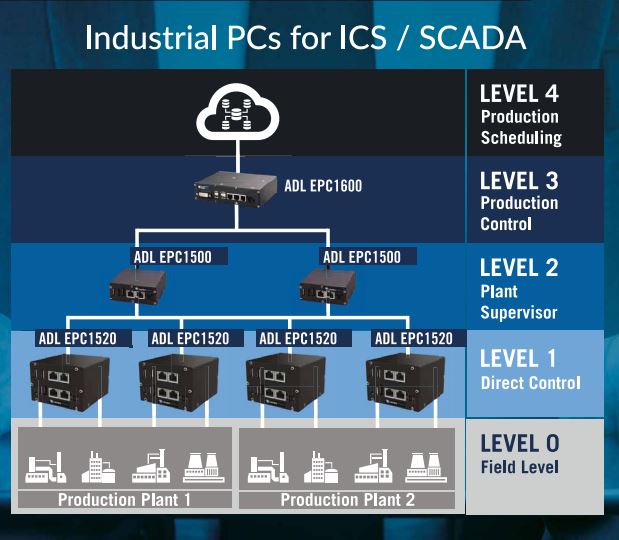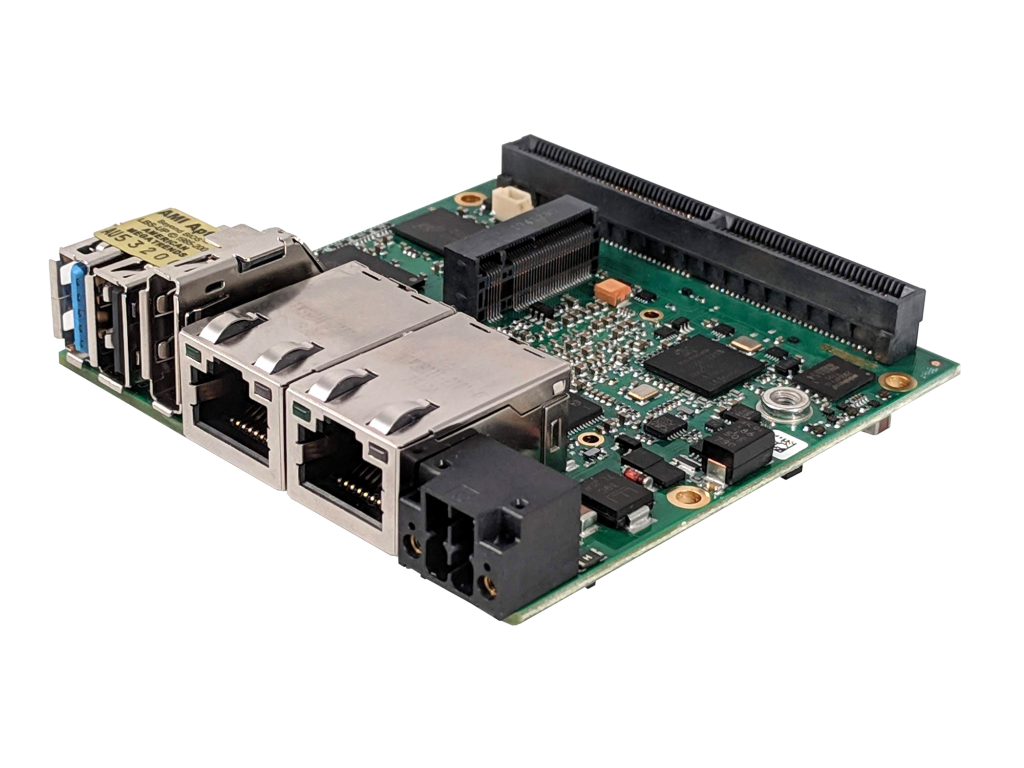
In industrial control systems (ICS) or Supervisory Control and Data Acquisition (SCADA) systems, machines, controllers, graphical user interfaces, computers, and data networks work together to automate large-scale processes. ICS / SCADA has wide-ranging applications, including oil and gas exploration, manufacturing robotics, smart factories, smart grids, and smart buildings.
Because machines that are made by different manufacturers are hard to integrate, interoperability has been a pain point for ICS / SCADA systems.
IIoT Solves the Pain Point
IIoT devices improve ICS / SCADA interoperability by connecting various and disparate ICS components. IIoT sensors collect data from different machines for analytics and decision making. For example, the IIoT can optimize equipment use by scheduling predictive maintenance to prevent sudden breakdown. IIoT surveillance capability can help improve worker and work area safety. As a result, IIoT devices help increase efficiency and reduce risk for integrated ICS / SCADA systems.
In many applications of ICS / SCADA, the embedded computer in the IIoT device needs to function consistently in extreme environments. In addition, it needs to integrate well with existing hardware and software to form a new industrial automation system quickly and cost-effectively.
New Risks Come with New Opportunities
Although connectivity brings new opportunities and values, it also extends new risks to all the components in the network.
Security experts find that hackers are increasingly targeting enterprise IIoT devices. Hackers can turn these devices into foot soldiers for future cyberattacks or hijack operational technology systems that manage critical infrastructure for ransom. Therefore, vulnerabilities in industrial control systems can place critical infrastructures at risk. In response, the National Institute of Standards and Technology has put forth guidelines on IoT device and data security.
ADL’s Embedded Solutions
ADL develops systems that can solve the problem of interoperability with multi-port connectivity, which enables cybersecurity software, video monitoring and image capture and analysis.

With the Edge-Connect Architecture and robust I/O, compact systems ADLEPC-1500, ADLEPC-1520, ADLEPC-1600 and the new ADLEPC-1700 can expand to become custom systems with added input / out functionality. They are easily configurable with various operating systems and application-specific software for secure gateways, routers or other IIoT applications. In addition, their ability to withstand mechanical stress and extreme heat or cold make them reliable, low-maintenance field assets for long-term use within critical infrastructure.

ADL single board computers ADLE3800SEC, ADLE3900SEC and ADLE3800HDC have a full range of onboard input/output ports, 2x Gigabit LAN, 1x USB 3.0, 1x USB 2.0, 2x PCIe, and SATA. The input / output ports are also easily expandable and customizable. In addition, the Intel HD graphics engine supports video output in HDMI or DisplayPort format. Their Extended Temperature Ratings and Edge-Connect design make them ideal for rugged embedded applications.
ADL utilizes only embedded roadmap Intel Atom® and Core i7 processors, with a lifetime availability of 7 to 15 years. This makes ADL’s compact systems and SBCs ideal for critical infrastructure with high reliability and long-life product availability.
ADL Beats Competitors in Device and Data Security
Most importantly, ADL pulls ahead of its competitors with respect to security. With discrete and firmware TPM 2.0 availability, ADL solutions support cybersecurity features like secure boot, encrypted key generation and management, as well as encrypted storage.


